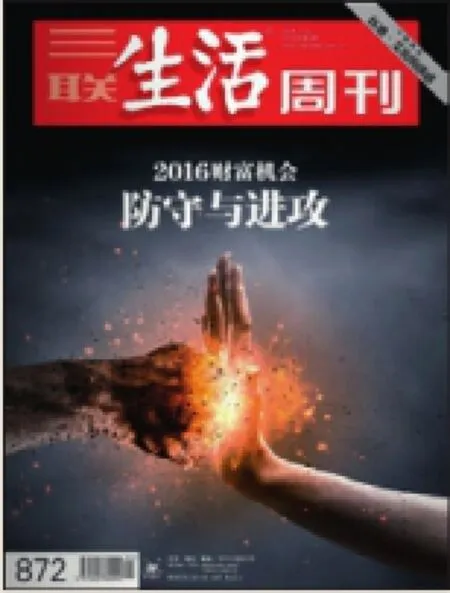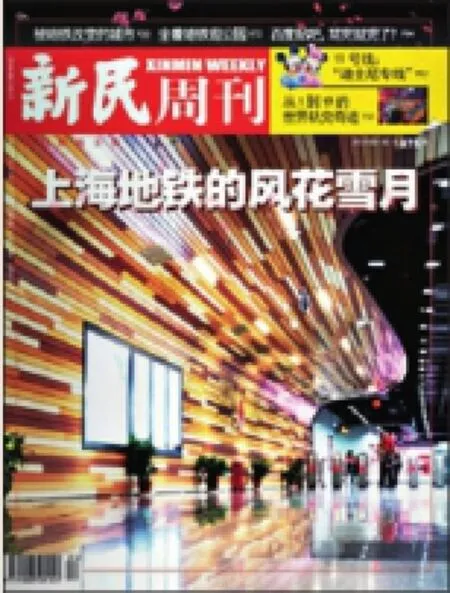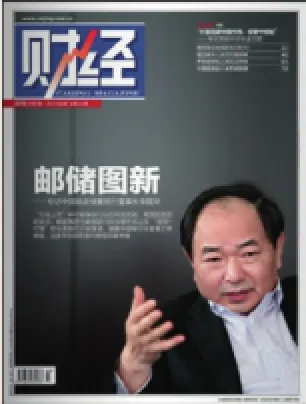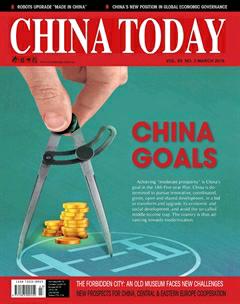On Chinese Media
2016-09-14
On Chinese Media
Offense and Defense
Life Week Issue No. 4, 2016

Entering 2016, the global market is encountering a crumbling economy. All evidence indicates that 2016 is set to be a turbulent year. The U.S. has finally ended its seven-year eased monetary policy and has switched to a cycle of increasing interest rates. China, by contrast, will adopt an eased monetary policy. At the same time, European countries are struggling in an interval of negative interest rates. An unprecedented migration of global capital will inflict severe shocks on the global market. In the first year of the 13th Five-year Plan, striking a balance between economic growth and reform is looming as the greatest challenge in 2016 for the Chinese government. If the government focuses on rapid short-term growth, the asset allocation shortage could steadily worsen in 2016. Too many excess liquidity capital funds divorced from the entity economy and the trend of U.S. dollar exchanges are unloosing a domestic capital outflow, while mainland capital keen on low-risk asset portfolios will drag down the domestic return on assets. Only if it can endure short-term pain and sweep away a large number of zombie enterprises will the Chinese economy be able to usher in a new round of reform bonuses to investors in both the real and virtual economies.
Colorful Life on Shanghai’s Subways
Xinmin Weekly Issue No. 4, 2016

The subway has totally changed our understandings of distance from“How many kilometers” to “How many minutes by subway?” Suburban areas once set out on remote fringes urbanites now call home. A half-hour city life circle built upon convenient subway stops enables people to live in suburban areas and commute between the central business district and their homes in half an hour.
On the latest 2015 China Metro City List, Shanghai’s 617 kilometers of operational mileage again defended its status as national champion, followed by Beijing and Guangzhou at 554 and 278 kilometers respectively. The number of Chinese cities operating subways has now reached 26. By the end of 2020, Shanghai will add another nine lines extending over an additional mileage of 260-plus kilometers. And a huge transportation network will be formed on a large scale consisting of 18 routes, among which 12 cross the Huangpu River, making for a total mileage of 800 kilometers.
From the development experience of domestic and foreign urban cities, the appearance of the subway reflects the maturity of the city. One could hardly imagine Shanghai without its 15 subway lines (including magneticlevitation trains) and 366 stations.
A New View of TV
Oriental Outlook Issue No. 4, 2016

Behind the TV screen, a fierce battle is raging between new business modes and capital – Internet enterprises are selling television amid skepticism, and no traditional television enterprises have had the courage to forcefully impinge on the realm of content production. This is the “living room reform” instituted by OTT TV (Over the Top TV), and which refers to a new mode wherein traditional Internet or mobile Internet serves as the transmission network, and televisions are receiving terminals that show videos and interactive content.
The television-terminal industry is encountering severe shocks in the course of these integrations. For example, Letv.com became the second largest stakeholder in TCL, which is the dominant producer of LCD television and its distribution enterprises globally.
Television has never been abandoned, since otherwise there would be no new-generation Apple TV in 2015. Consumer behavior is changing, including TV programs, content resources, and TV-viewing preferences. With the fusion with new business modes, TV viewing is certainly no longer just the simple act of “watching.”
New Policy for Postal Savings
Caijing Magazine Issue No. 4, 2016

The Postal Savings Bank of China (PSBC), a young state-owned bank with RMB one trillion in assets, is expected to land on the capital market and succeed in reform of its shareholding structure in 2016. On December 8, 2015, PSBC brought in strategic investors with capital of RMB 45.1 billion. Though China Post Group is the only stakeholder of the newly-established bank, a diversified ownership structure will be adopted to achieve a breakthrough in corporate governance.
The transaction price per RMB 3.89 share was praised as good against the background of sluggish performance of investment bank stocks. Price-setting is the most controversial aspect of state-owned bank reforms. A low price is often considered a sacrifice of state-owned assets, while a high price may exert pressure on IPO pricing. PSBC Chairman Li Guohua said the price setting was within a reasonable range, though may still exert pressure on a future IPO. He also discussed several possible ways to vent pressure. Data showing well-performing finance and sound asset quality will definitely counter any negative expectations of investors. PSBC will seize this opportunity to launch on the market.
